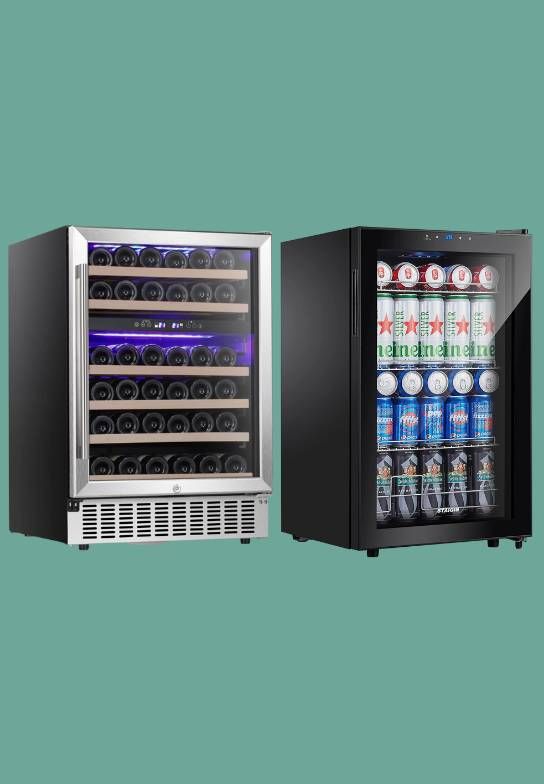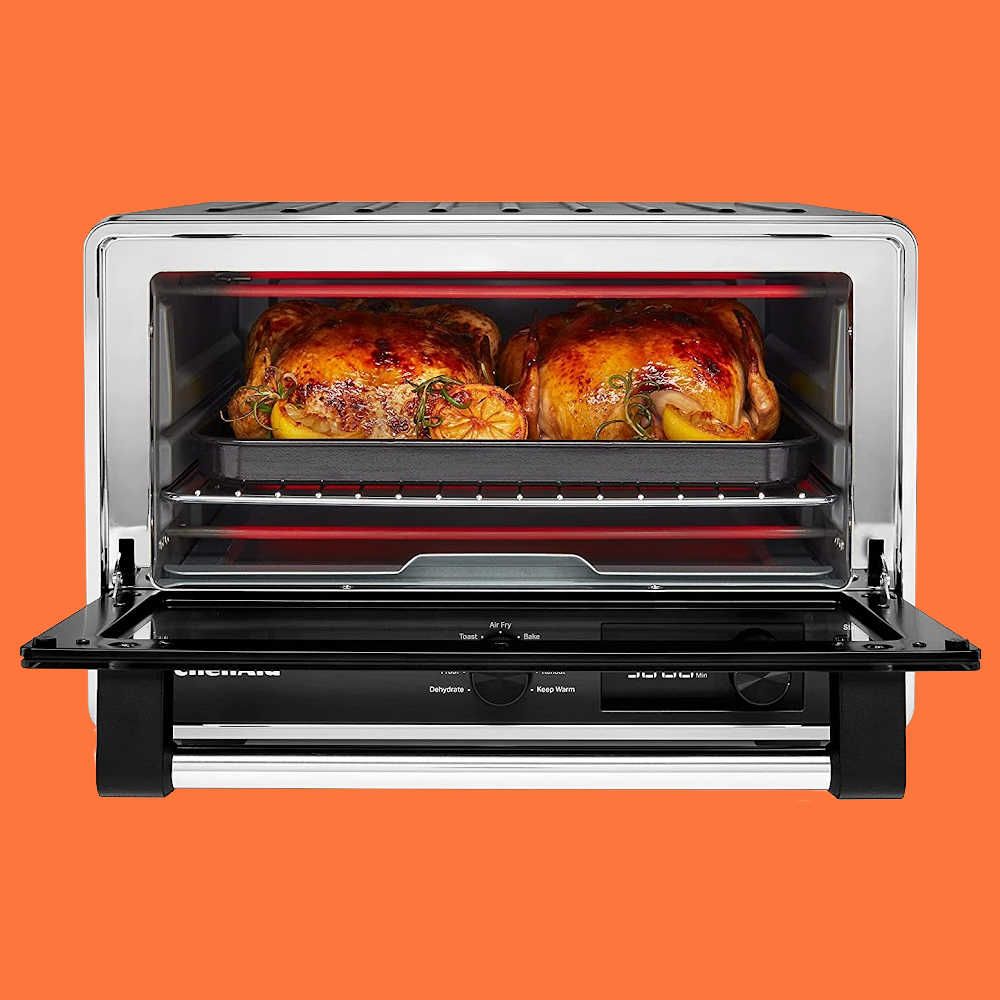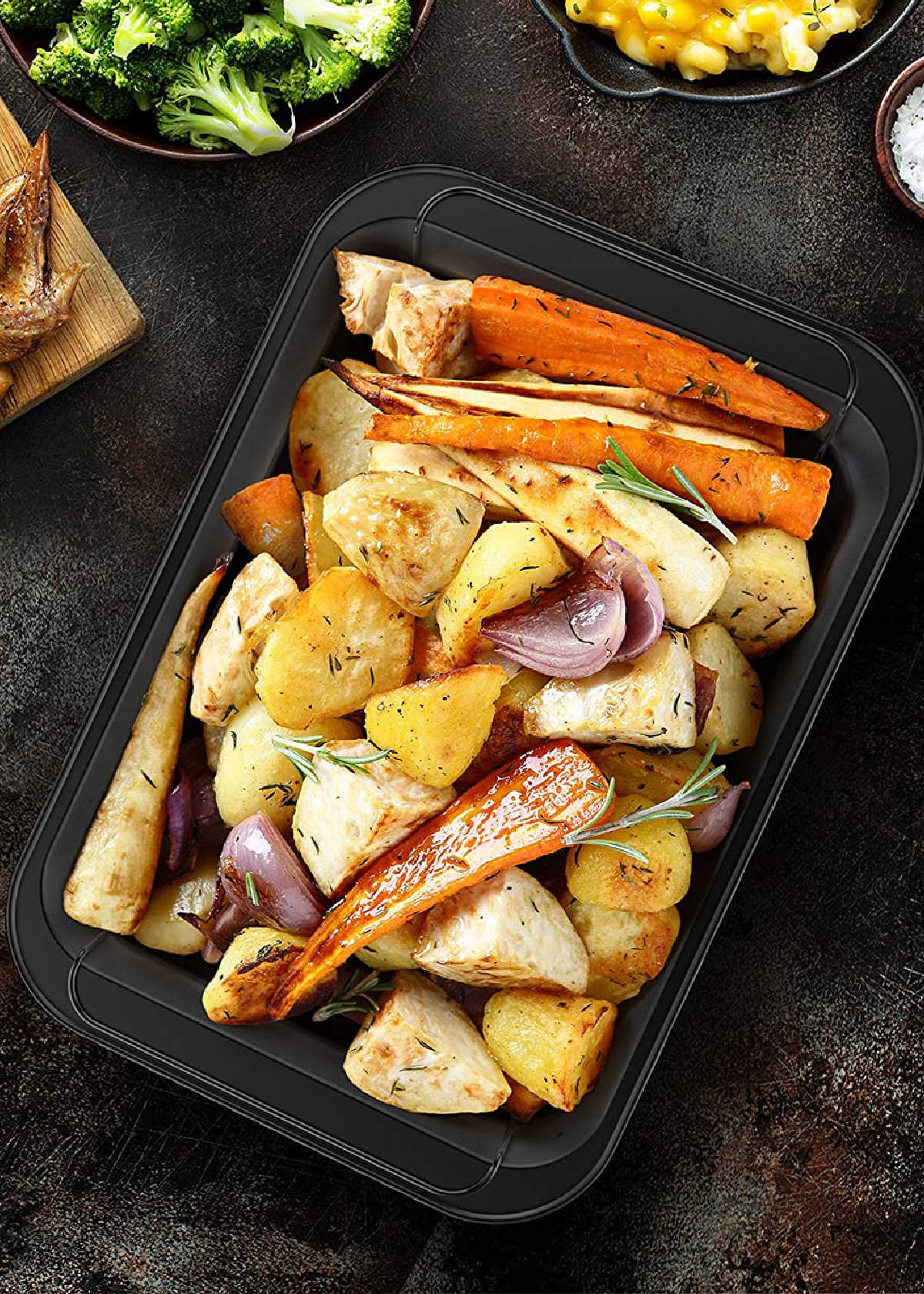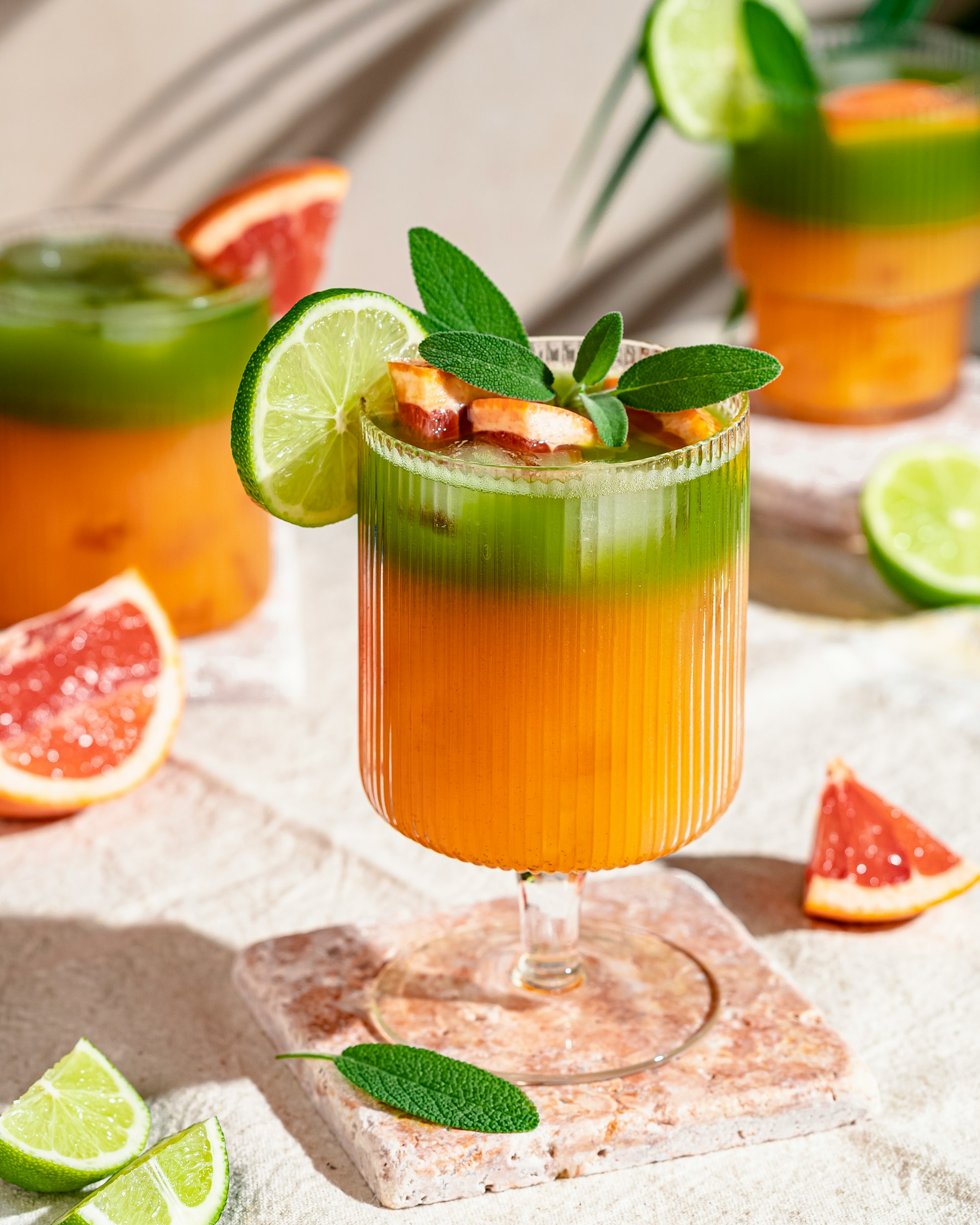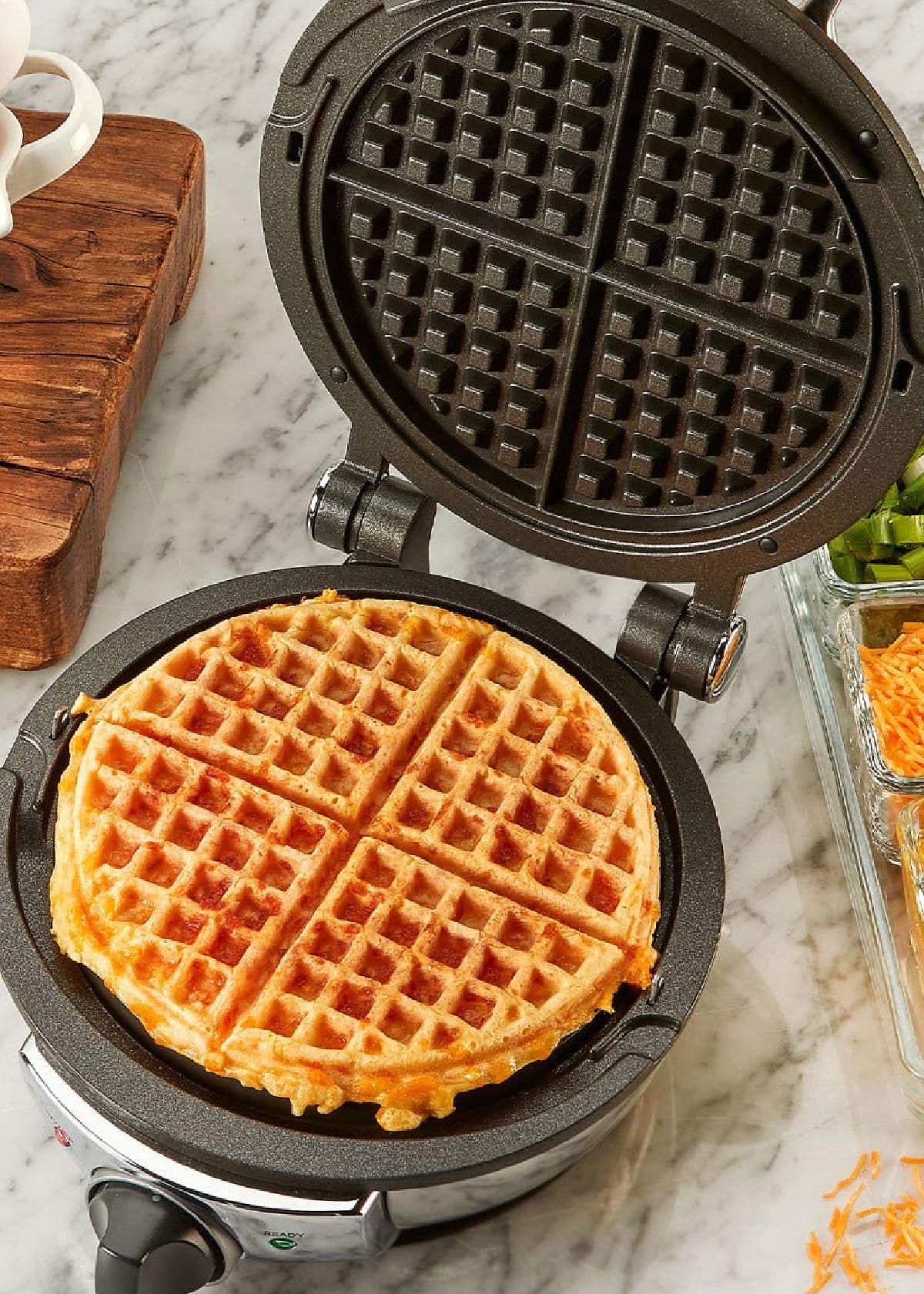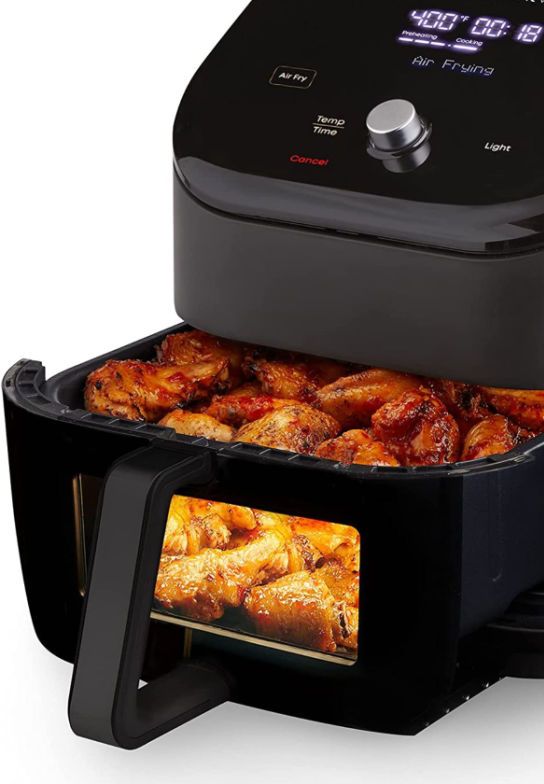Content Summary
Wines, beers, and beverages have to be kept at specific temperatures to maintain their taste and quality. When it comes to keeping your drinks chilled and ready to enjoy, there are plenty of options to choose from.
Two popular choices are wine coolers and beer fridges. While they may seem similar, there are some key differences between them.
In this guide, we'll explore the differences between both types of fridges and highlight the benefits of each. By the end of this article, you'll have a better understanding of which one is the right option for your needs.


The Differences
Wine Fridge vs Beer Fridge
The most significant differences between a wine cooler and a beer cooler are:
- The temperature: Wine fridges are set to maintain a steady temperature of around 40°F- 65°F (4°C-18°C), while beer fridges are set to a colder temperature between 38˚F-55˚F (3.5˚C-13˚C).
- The settings: Wine fridges are designed to hold only wine with special design racks and shelves for wine bottles. Beer fridges, on the other hand, are designed to accommodate cans and bottles of beer as well as other beverages.
We've written these blog posts about wine fridge temperatures and beer fridge temperatures. Check out the details for control of two optimal temperatures.
Pros & Cons
There are both benefits and drawbacks to owning a wine fridge or a beer fridge. A wine fridges can keep your wine bottle stored at the ideal temperature with specific humidity and light controls.
However, they tend to be more expensive than beer fridges. Beer fridges can chill beers to colder temperatures, but they may not have adjustable settings for humidity control, which is essential for storing wines.
1. Benefits Of Wine Refrigerators
- These are designed specifically to store and chill bottles of wine, just like a wine cellar would. They also protect wine from external factors that can affect the flavor, such as light, humidity, air, and vibration.
- They can maintain a consistent temperature, which is important for preserving the quality of the wine.
- Wine collection storage requires a temperature between 45°-65°F (4°C-18°C), depending on the type of wine.
- A wine fridges has adjustable temperature settings to ensure that your wine is always stored at the ideal temperature.
- A good wine fridge also has specific humidity and light controls, which are critical for keeping wine in the best possible condition.
- Wine fridges usually have shelves designed to hold wine bottles securely, preventing them from rolling around or clinking against each other.
- They can store wine bottles horizontally or at an angle, which allows the wine cork to remain moist, preventing it from drying out.
- Wine fridges come in a range of sizes, from small countertop models, built-in and single zone wine cooler and slimline personal models, to free-standing wine coolers with French doors, and large walk-in wine storage units.
2. Cons Of Wine Fridges
- For some beers, the minimum temperature of a wine fridge is just to high.
- Wine fridges tend to be more expensive than beer fridges.
- They may also be difficult to install and require more maintenance.
- If you want to store both wine and beer, it's best to get a dual-zone beverage center that has a dedicated wine cooler zone.


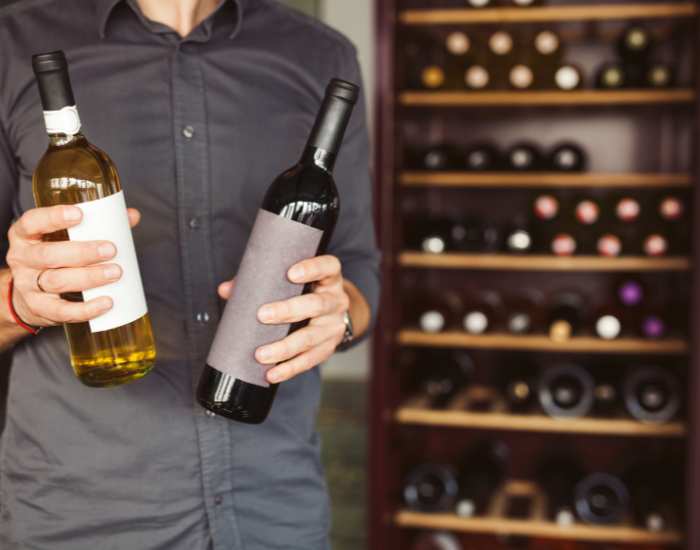

3. Benefits Of Beer Fridges
- These are designed to keep beer cold, carbonated, and ready to drink.
- Some come with a kegerator, for those who prefer draught beer.
- Beer fridges can chill beer to a lower temperature (38˚F-55˚F or 3.5˚C-13˚C) than a wine fridge.
- For example, lagers should be kept at around 40˚-45˚F, while ales should be stored at around 50˚-55˚F.
- This means that beer fridges can chill your drinks to a lower temperature than a wine fridge, making them ideal for those who prefer their beer ice-cold. They are all-round beverage centers, just not fit for wines.
- These fridges also come with different settings to accommodate different types of beer, such as lagers, ales, doubles or triples.
- Beer fridges have shelves or racks specifically designed to hold cans and bottles of beer, holding cans and bottles in an upright position. This makes it easy to secure and grab your favorite brew and maintain their carbonation.
- The sizes of beer fridges can range from small countertop models to larger freestanding units, or built-in dual-zone French door models.
4. Cons Of Beer Fridges
- Beer fridges tend to be noisier than wine fridges as the compressor will be forced to work a little harder to reach the lower temperatures.
- They're also not ideal for storing wine due to their lower temperature range, which can damage the delicate flavors and aromas of wines.
- It is important to note that some beer fridges may not have adjustable settings for humidity control, which is important for keeping wines in the best condition. Therefore, beer fridges are not suitable for storing wines.
- To ensure proper storage temperature for both wine and beer, it's recommended to purchase a dual-zone beverage fridge with separate zones for each. This will prevent both beer and the wine from being stored at the wrong temperatures.
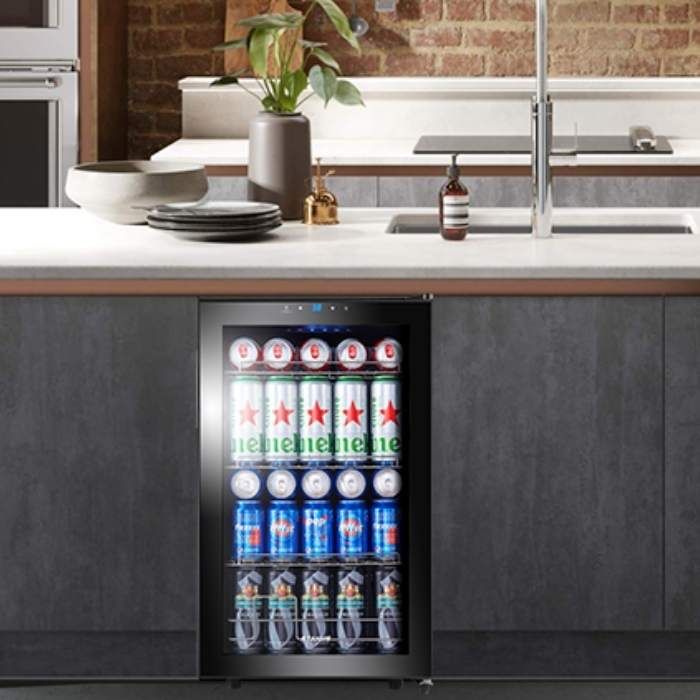
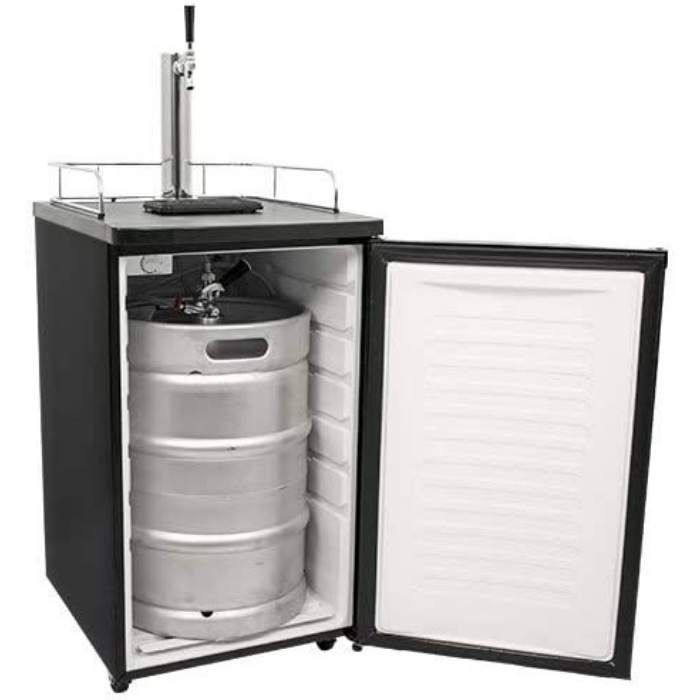


Wine Coolers vs Beer Coolers FAQs
Here are some common questions people ask when considering these two appliances:
Are wine fridges good for beer?
- A wine refrigerator is not great at maintaining a cold temperature suitable for beer, as its temperature settings are higher compared to beer fridges.
- It is still possible to store beer in a wine fridge, but it's not recommended since the temperature may not be cold enough for the beer to stay fresh, which can affect the flavor and quality.
- Like beer lovers want their drinks at the right temperature, wine lovers want their wine to be just right.
- Additionally, wine fridges are typically designed to hold wine bottles, which may not fit beer bottles or cans as well.
- If you're a beer lover, it's best to invest in a dedicated beer fridge or at least, a regular fridge, to ensure that your drinks are always chilled to the perfect temperature.
What temperature should a wine fridge be for beer?
- Most wine fridges are set at a temperature range of 45°-65°F (4°C-18°C). Still, this may not be cold enough for some beers.
- Beer fridges, however, are designed specifically to maintain the ideal temperature of 38˚F-55˚F (3.5˚C-13˚C) for different types of beer.
- Additionally, it is important to be aware that wine fridges often come with humidity controls that may not be ideal for storing beer.
What is the difference between a wine cooler and a beverage cooler?
- A wine cooler is specifically designed to store wines, while beverage coolers are multi-purpose fridges that can store both beer and wine.
- Beverage coolers will typically have two separate temperature zones—one for wines and one for beers—making it easy to keep all your drinks chilled at the perfect temperature for serving wine or aging wine.
- However, there are many single-zone model beverage fridges available, which can only be used to store both beer and canned drinks.
- It is important to check the temperature range of the beverage cooler before purchasing it, so you know that your drinks will be stored at the optimal temperature.
Which is better: a wine fridge or a beer fridge?
When deciding between a wine fridge and a beer fridge, consider what type of drinks you will be primarily storing and make sure to get one that meets all your needs.
- For wine enthusiasts a wine fridge is the best choice, as it can maintain the perfect temperature and humidity levels for your wines, and allows storing bottles horizontally or at an angle.
- If you're a beer enthusiast, then a beer fridge is the better option as it can reach lower temperatures and typically comes with racks and shelves designed to fit cans and bottles.
- A beer fridge can only be used to store sparkling wines and champagne, provided it has the racks to hold them.
Tips & Tricks
- It is important to do your research and consider all factors before deciding between a wine fridge vs beer fridge to ensure that your drinks are stored optimally. Make sure that the settings can meet all of your needs.
- Keep in mind that you should never store both beer and wine together in one fridge or one zone of the fridge. They have different storage requirements and storing them together can affect their quality.
- If you want the best of both worlds, then investing in both a beer ridge and a wine fridge is your best bet. Second best is a dual-zone beverage fridge, which can store both wine and beer at their ideal temperatures.
Need a quality dual-zone beverage fridge? Check out our top picks in the in-depth reviewed blog post below and find one for you!

We hope this guide has helped you understand the differences between wine fridges vs beer fridges. Choosing the right fridge to meet your needs can ensure that your drinks are consistently chilled and ready for enjoyment.
Happy shopping!
Catchy Finds

